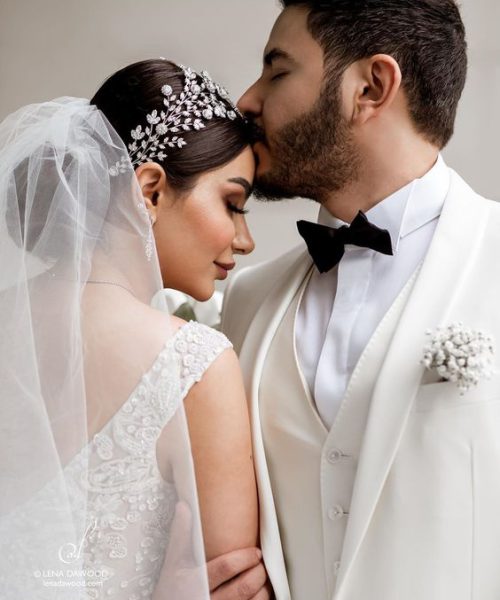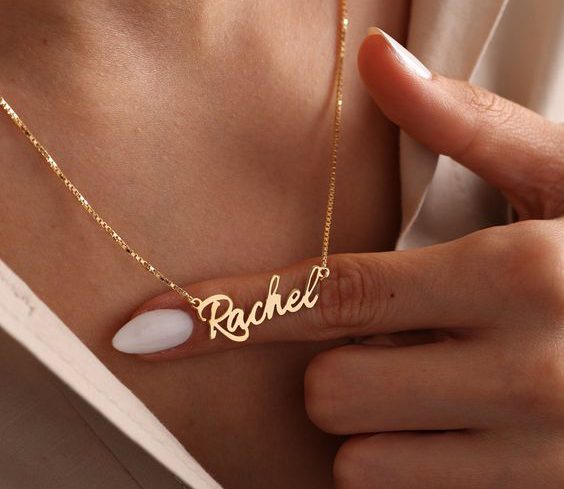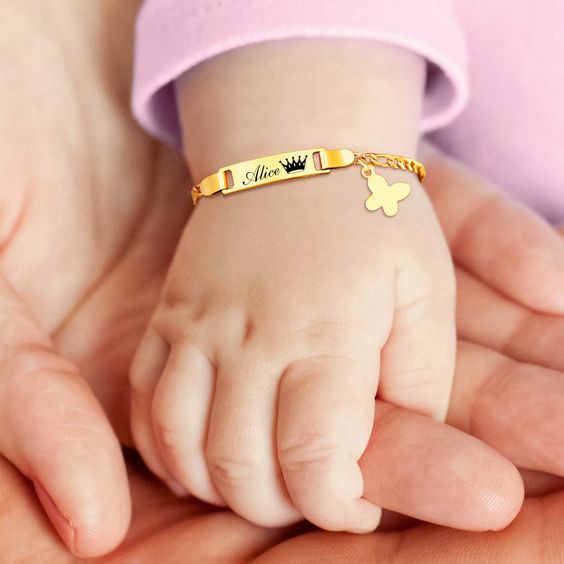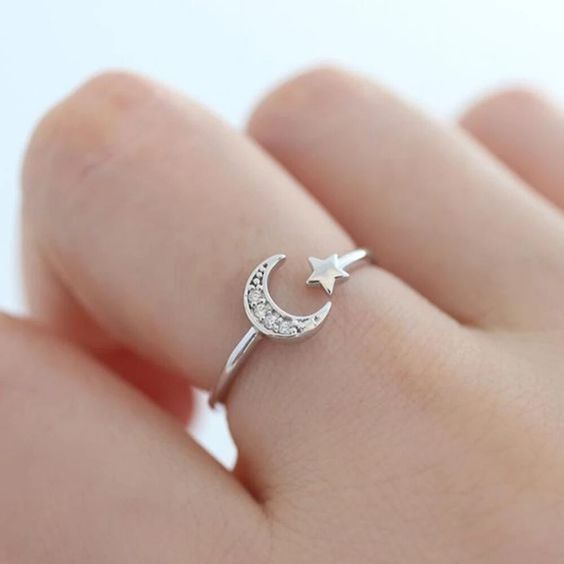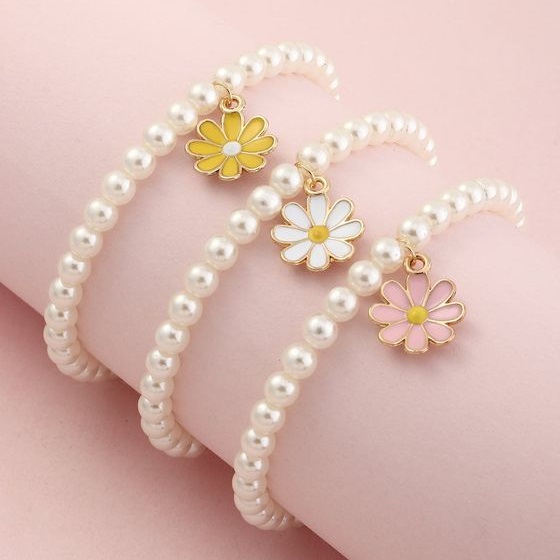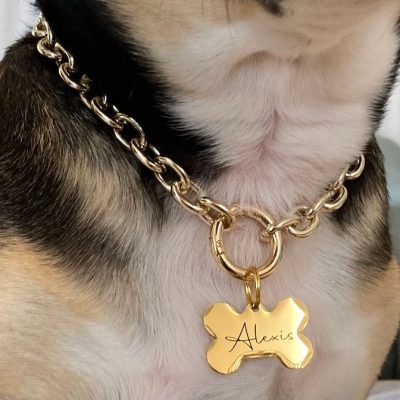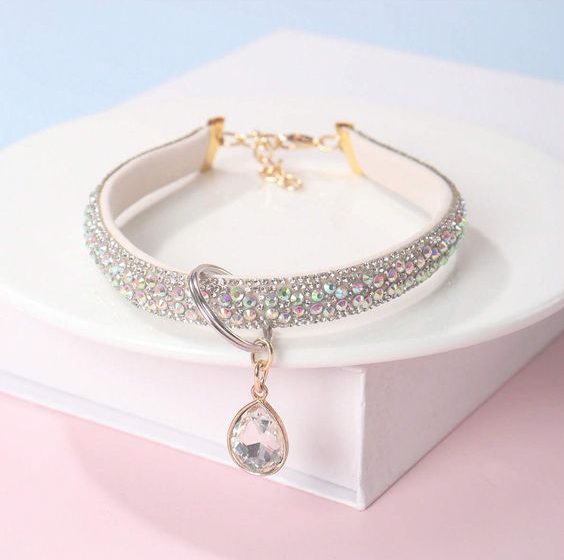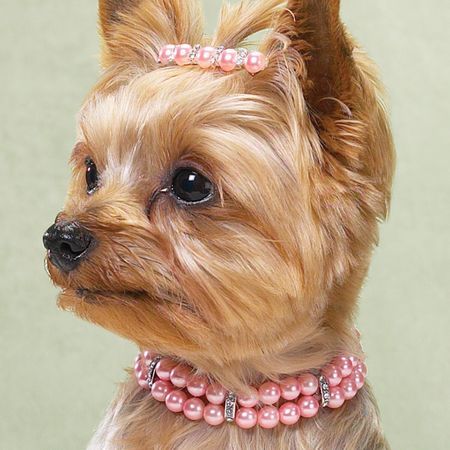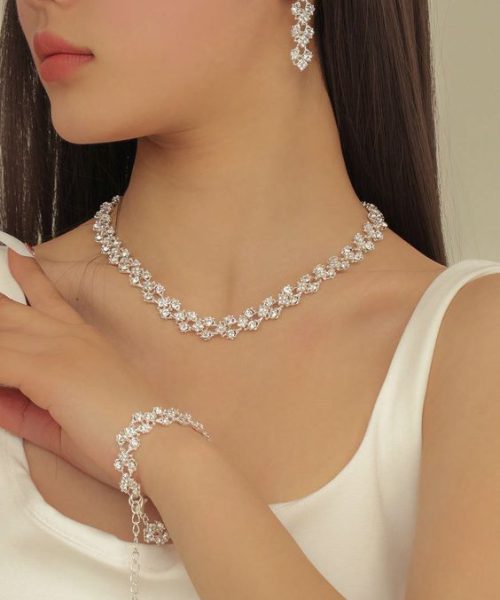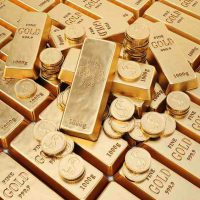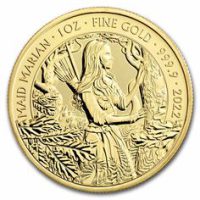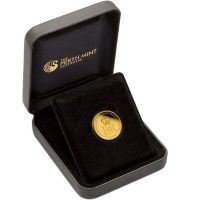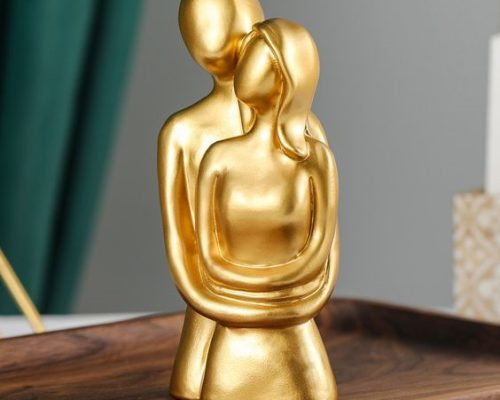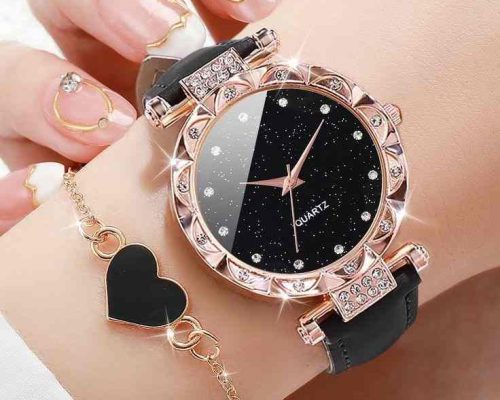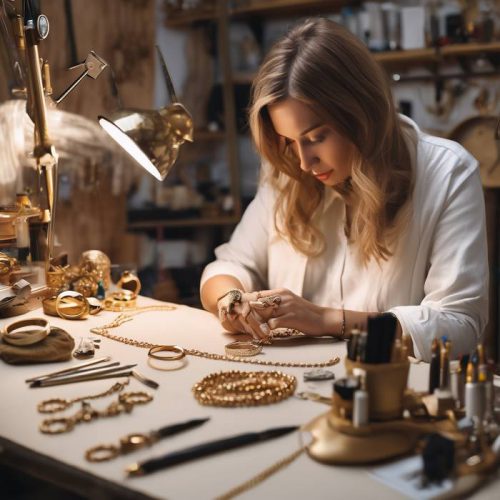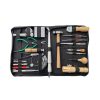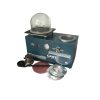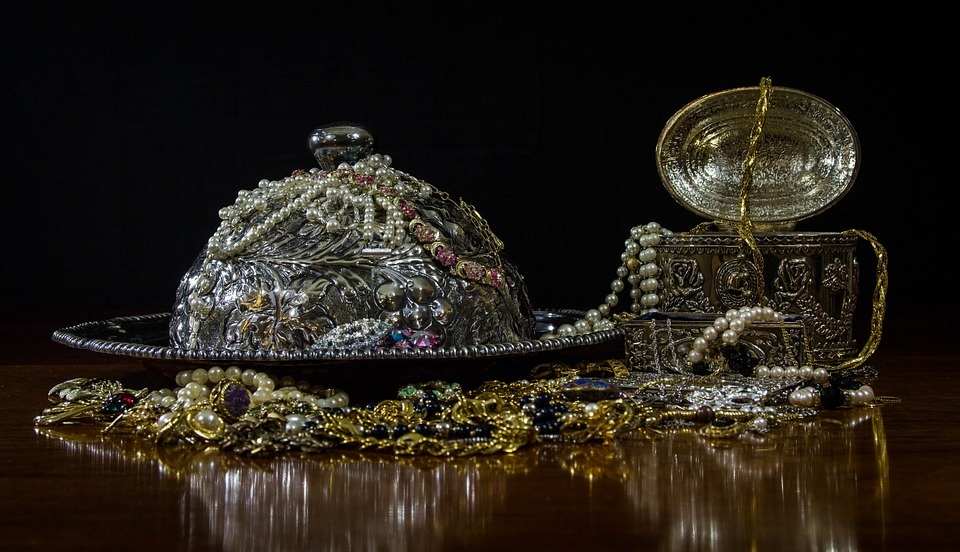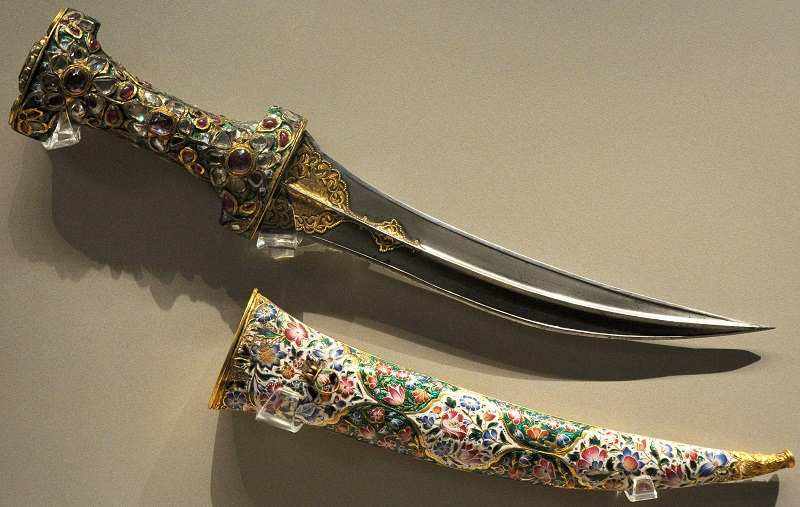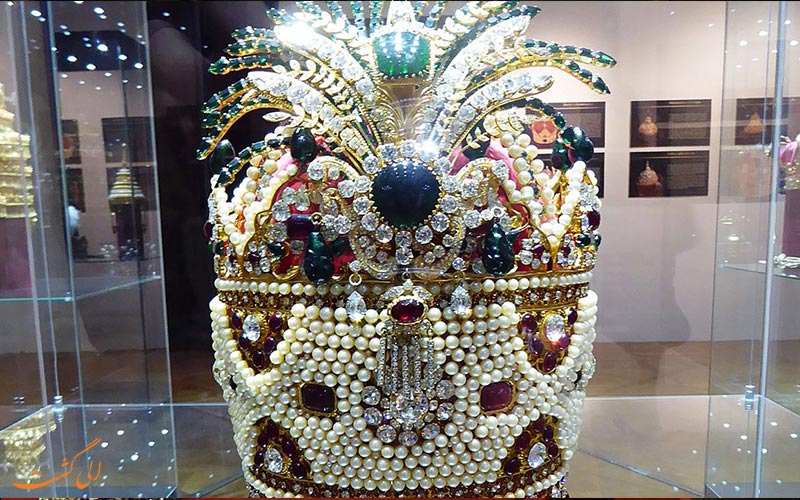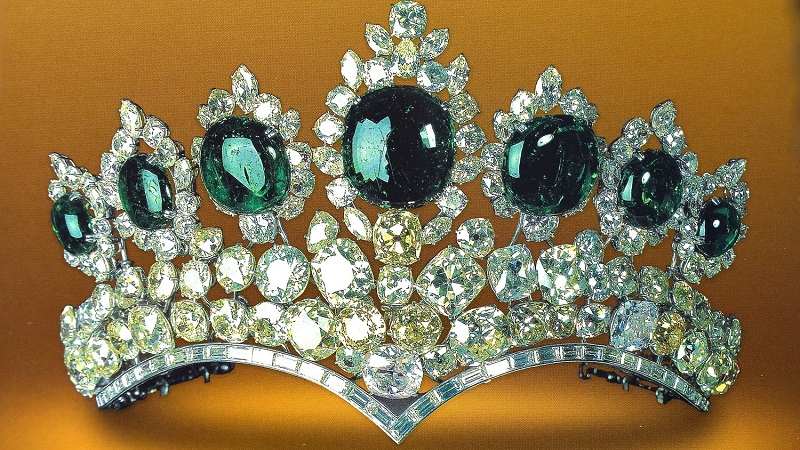The unique treasure of Iran’s national jewels is a collection of the world’s most precious jewels that have been created over the centuries. Each piece of these jewels tells a part of the ups and downs history of the vast country of IRAN and shows the taste and artistic creativity of the people, which evokes bitter and sweet memories, defeats, victories, pride and show off along with the strength and power of the past rulers.
Our motive for presenting this article is to know and provide information about the history of Iran’s Jewels. The importance of the jewels in Iran’s national jewel treasury is not limited to their economic value, but rather represents the taste of Iran’s artisans and artists in different periods of history, as well as being a historical cultural heritage and a representative of the art of Iran. Although this has been an ornament for rulers and rulers throughout history and often shows the splendor of the court, but it has also been considered as the support of the state’s treasury. Before the 1979 Iranian Revolution, national jewels were used in some official ceremonies such as marriages and coronations.
The exact information about the quality and quantity of the jewels treasure is not available before the era of Safavid kingdom, and it can be said that the history of Iran’s jewels starts from the time of the Safavid sultans. Before the Safavid period, there were jewelry items in the state treasury, and according to the writings of Jean-Baptiste Tavernier Chevalier, the Shirley brothers, Warnig, etc., the Safavid sultans from the 15th to the 17th century began to collect gems and even experts. The Safavid government bought jewels from Indian, Ottoman and European markets like France and Italy and brought them to Isfahan, the capital of the government.
Page table of contents
Iranian national jewels collected in the Safavid kingdom
Treasures of jewels and valuable items collected during the Safavid kingdom were as follows:
- Some of the legacy that was left in the government treasury.
- The amount that was extracted from the mines of Khorasan and Turkestan, as well as the pearls that were caught in the Persian Gulf.
- Some gifts that came from kings, kings of other countries and rulers.
- The amount obtained from the spoils of war.
- The amount that the Safavid sultans had gradually bought. Among the many jewels that were offered and sold to the Safavid government by jeweler merchants such as Tavernier.
- The jewels that the experts and envoys of the Safavid kings bought from the Indian and Ottoman markets and European countries such as Italy, France and brought to Safahan.
Therefore, at the end of Shah Sultan Hossein’s reign and with the arrival of Mahmud Afghan to Iran, the government’s treasury was dispersed by Afghan invaders. Some of them, which were transferred to Ashraf Afghan by Mahmud Afghan, fell into the hands of Nadir after Shah Tahmasab II’s arrival in Isfahan accompanied by Nadir, and they were prevented from leaving Iran.
Later, Nader wrote letters to the Indian court to get back that part of the jewels that had gone to India, but received an unfavorable response. After Nader’s campaign to India, Muhammad Shah surrendered cash, jewels and weapons to Nader. Part of the property and treasure that Nader had acquired from India did not reach Iran and was lost on the way back to Iran. After returning to Iran, Nader sent a considerable amount of jewels and gifts to the princes, governors and kings of the neighboring countries. He also presented some exquisite and inlaid objects to the Imam Reza and distributed some among his army.
Later, Nader wrote letters to the Indian court to get back that part of the jewels that had gone to India, but received an unfavorable response. After Nader’s campaign to India, Muhammad Shah surrendered cash, jewels and weapons to Nader. Part of the property and treasure that Nader had acquired from India did not reach IRAN and was lost on the way back to Iran. After Nader returned to Iran, he sent a considerable amount of jewels and gifts to the princes, governors and kings of the neighboring countries. He also presented some exquisite and inlaid objects to the Imam Reza and distributed some among his army.
From then until the Qajar era, the rest of the treasury did not change much. A part of the mentioned jewels was acquired after several times, and finally it came into the possession of Agha Mohammad Khan, the head of the Qajar dynasty. Of course, we must state that it can be said that after the death of Nader Shah, the preservation of the jewels is the result of the efforts of Agha Mohammad Khan Qajar. After him, his nephew Feth Ali Shah Qajar, who was very fond of jewels and luxury in his court. He put a lot of effort in their preservation and collection, and the famous Naderi throne and the peacock throne were also built by him. During the reign of Naser al-Din Shah, much attention was paid to collecting and preserving jewels and recording them, and some of the jewels currently in the treasury of jewels were bought by Naser al-Din Shah.
During the time of Naser al-Din Shah, one of the jewels of Takht Tavus was stolen by a young man. Kamran Mirza managed to discover the thief and the stolen jewel by obtaining a letter of trust from the Shah. However, the king ordered the thief to be brutally executed. In response to Kamran Mirza’s displeasure with the execution of the thief against the security deposit, he wrote:
It seems that you were offended by the execution of that young man. Know that these jewels… do not belong to our father. What we have in our hands belongs to the nation and the country that entrusted it to us.
During the era of Naser al-Din Shah Qajar, a number of jewels were installed on the crown of Naderi Throne, Jeweled Globe and Peacock Throne (Sun Throne). Two other gems, one turquoise, which is one of Iranian precious stones and was extracted from the mines of Neishabour, and the other pearl, which was caught from the Persian Gulf, were gradually added to the collection.
According to the law passed in 1937, most of the jewelry was transferred to the National Bank of Iran. Then it became part of the banknote backing and later became the collateral of the government’s debt documents to the bank for the banknote backing.
What is the price of Iran’s National Jewels?
No one knows the answer to this question because there are gems in this collection that have no equal in the world. In answer to this question, we can only say that Iran’s national jewelry collection is artistically, historically, and unique in a situation where even the world’s most elite experts and appraisers have not been able to calculate its real or approximate value.
This exquisite and unique treasure with its ups and downs past came to us centuries ago and is a symbol of Iranian authority, wealth, art and taste.
The National Jewelry Museum of IRAN is located in the treasury of the Central Bank of IRAN and is also used as a museum. This treasury-museum is located in the Central Bank of IRAN building on Ferdowsi Street, Tehran.
Leopard’s professional and international jewelry group produces the most up-to-date jewelry such as wedding rings, rings, bracelets, earrings, necklaces customized . Contact us for more information.




























